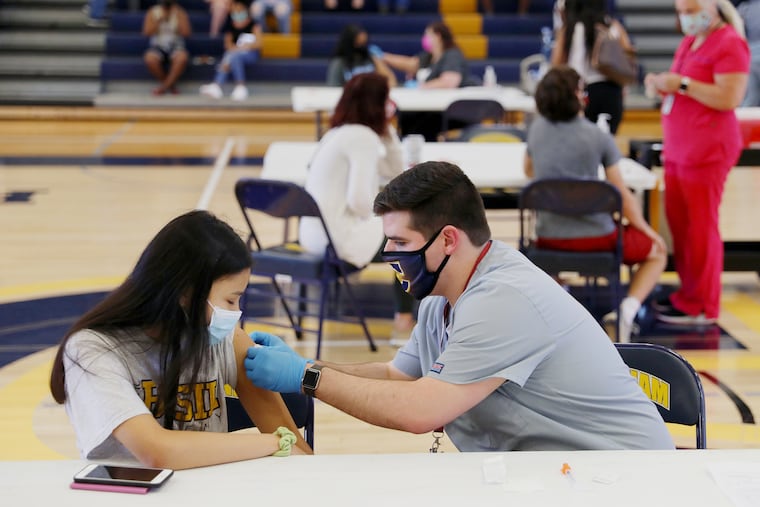The danger of ‘wait and see’ when it comes to vaccines for kids | Expert Opinion
As the Delta variant spreads, we have a narrow window of opportunity to get ahead of the pandemic, for the first time since COVID-19 hit.

As the Delta variant spreads, we have a narrow window of opportunity to get ahead of the pandemic, for the first time since COVID-19 hit.
